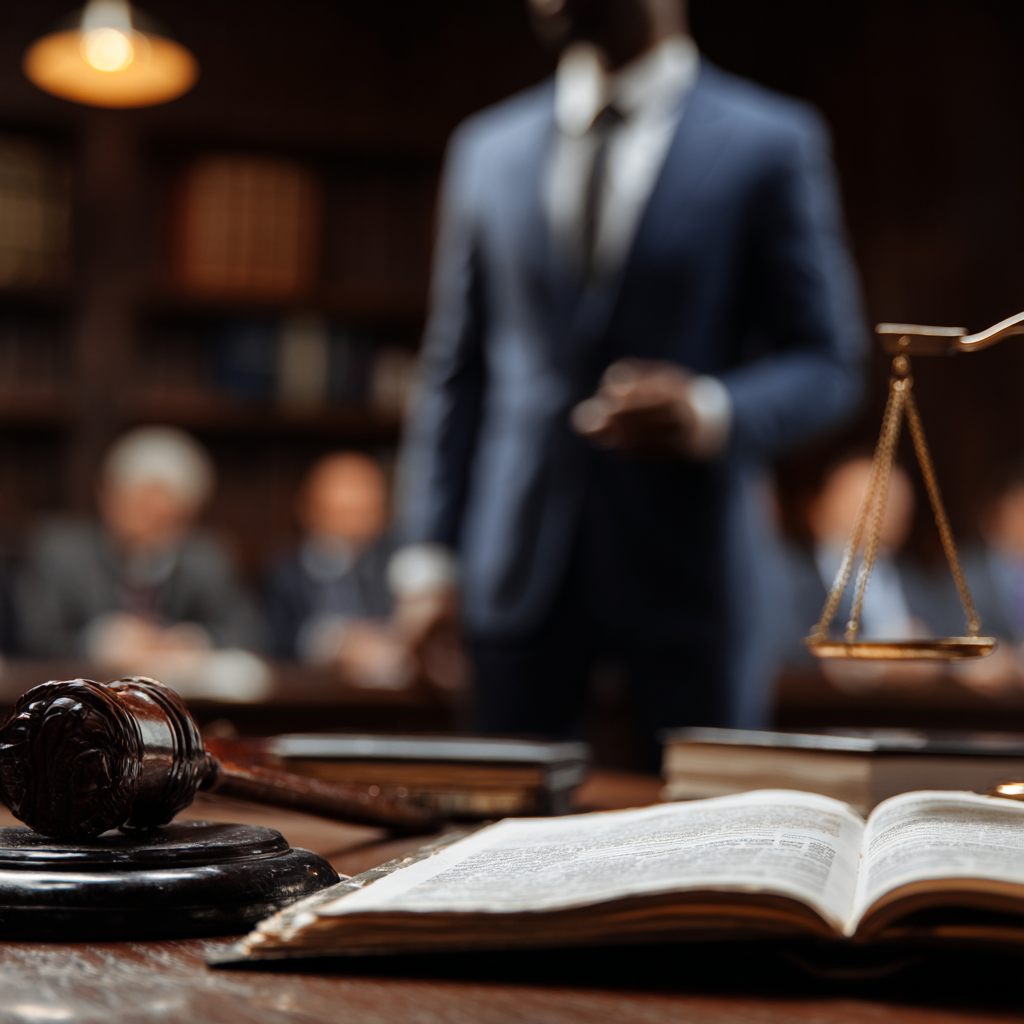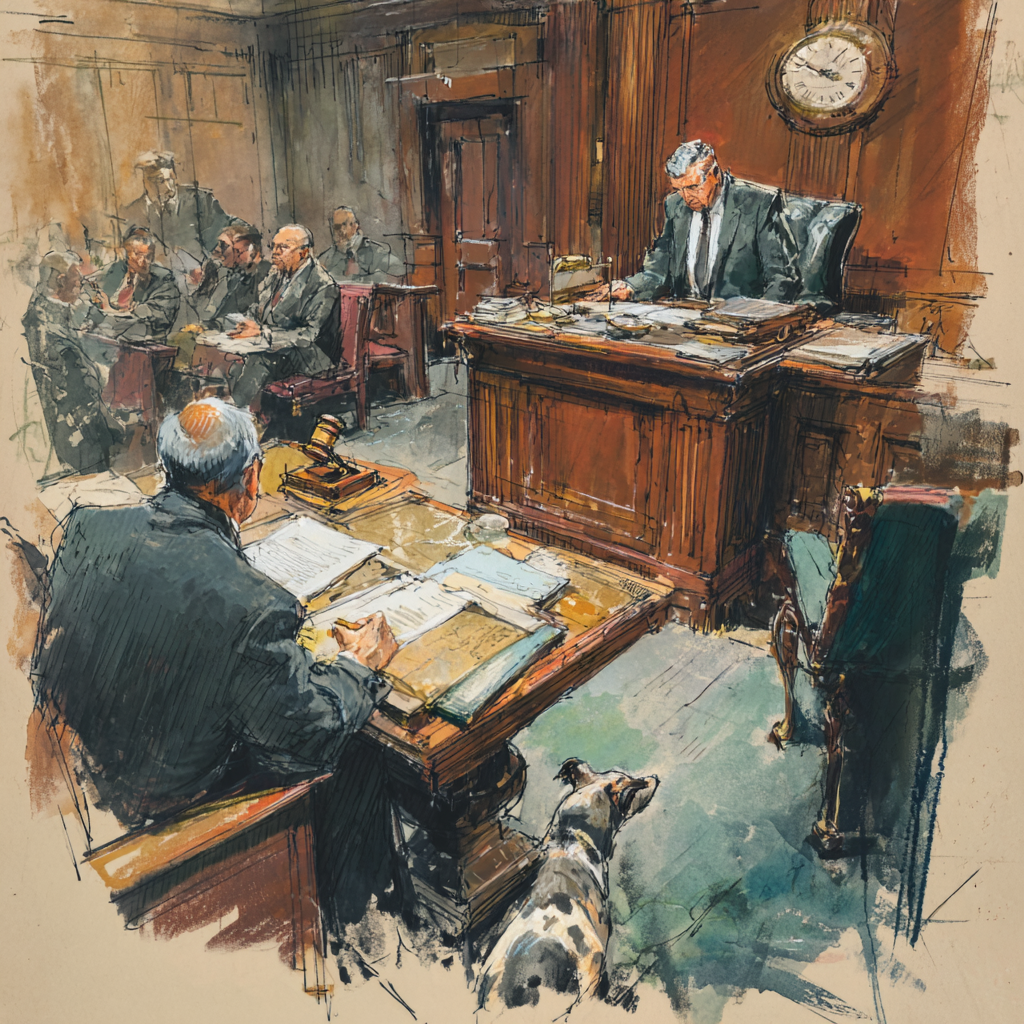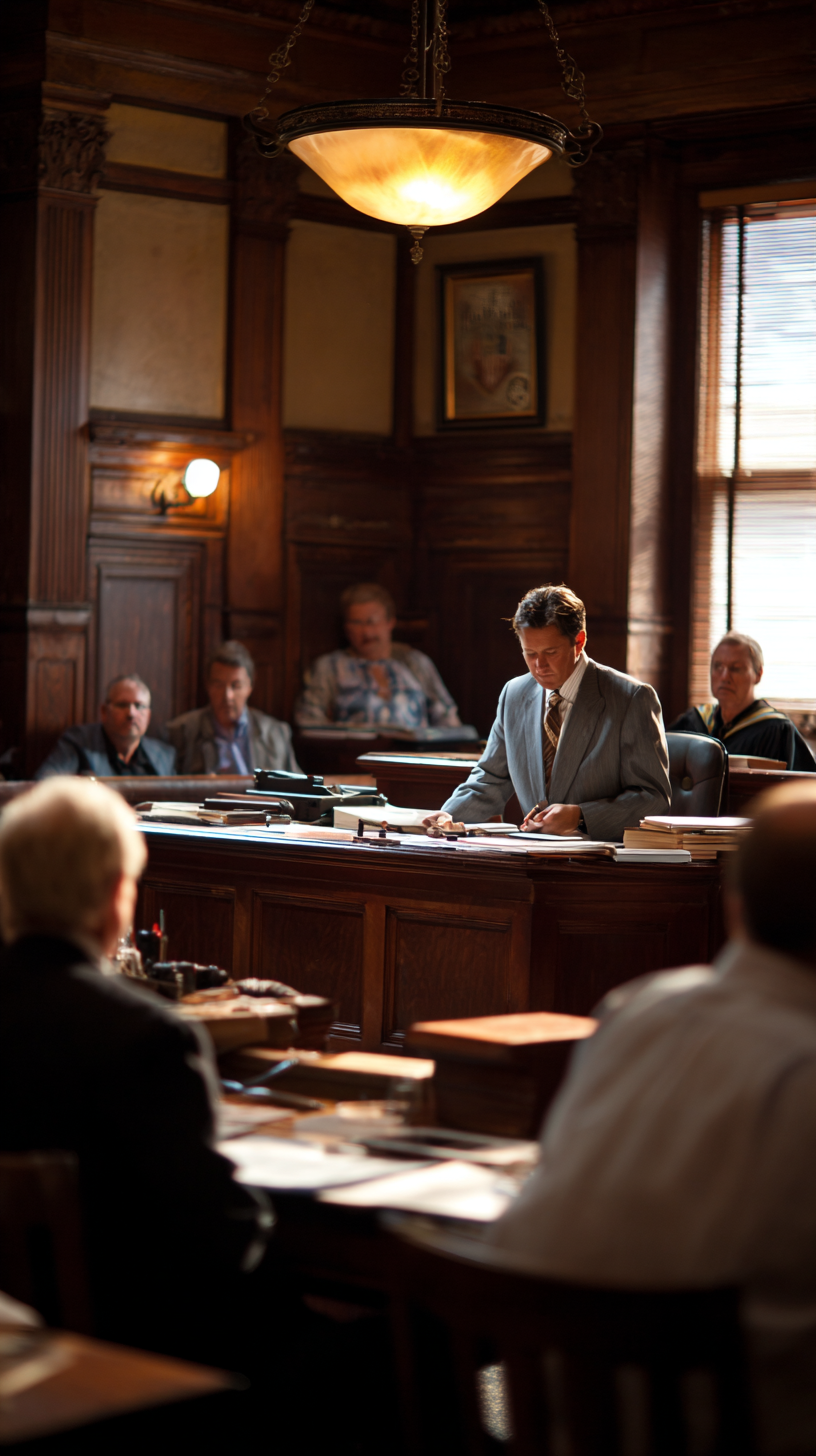Updated January, 2025 – A 2023 American Bar Association study shows that 65% of judges admit that inappropriate courtroom attire can negatively affect their initial perception of individuals that are appearing before them. Though this statistic may be anxiety inducing, following these guidelines on what to wear to court can help create the positive impression judges and juries are looking for. As seasoned employment law and personal injury lawyers The Law Office of Jason Tenenbaum, P.C. has a plethora of experience on how one should present themselves when they are going to court.
The Psychology of Courtroom Dress
First impressions absolutely matter in court. The judicial system values respect, decorum, and professionalism. From my own experience and years of courtroom observation, appropriate attire can influence case outcomes and shape how judges and juries perceive defendants, plaintiffs, and even witnesses.
Guidelines for Courtroom Attire
For Men
A well-fitted suit in conservative colors like navy blue, charcoal gray, or black stands as the benchmark for male courtroom attire. Key elements include:
- A crisp, long-sleeve dress shirt in white or light blue
- A traditional tie with subtle patterns
- Dark leather dress shoes, polished to shine
- Dark dress socks matching the suit
- Simple accessories (limit to wedding ring and classic watch)
For Women
Professional options for women balance style with formality:
- A sharp business suit (pantsuit or skirt suit)
- A dress falling at or below the knee in subdued colors
- Professional closed-toe shoes with practical heels
- Light, natural-looking makeup and groomed hair
- Understated jewelry
Common Pitfalls to Avoid
Experience highlights several wardrobe choices that can damage credibility:
- Any type of jeans
- Gym clothes or athletic shoes
- Clothes that fit too tightly
- Flashy jewelry or accessories
- Heavy fragrances
- Items displaying logos or messages
Budget-Conscious Solutions
Quality courtroom attire doesn’t require breaking the bank:
- Browse upscale consignment stores
- Watch for major department store sales
- Consider clothing rental services
- Invest in versatile pieces that work together
Cultural and Religious Considerations
New York State courts protect and respect religious and cultural dress requirements. Legal professionals can help balance personal faith-based dress requirements with courtroom standards.
Beyond the Wardrobe: Complete Presentation
A polished appearance includes more than just clothing:
- Practice excellent hygiene
- Press clothes thoroughly
- Take out visible piercings (except simple earrings)
- Use makeup or clothing to cover tattoos when possible
- Style hair conservatively
Special Circumstances
Different court settings call for varying levels of formality:
- Jury trials demand peak professional presentation
- Family court allows slightly relaxed standards
- Traffic court requires business-appropriate dress
The Impact on Your Case
Proper attire serves multiple purposes:
- Shows respect for legal proceedings
- Keeps focus on case facts rather than appearance
- Builds personal confidence
- Sets a professional tone
Professional Guidance
Legal professionals can offer valuable advice about courtroom presentation and help defendants and plaintiffs feel prepared and confident for their appearances.
Conclusion
Clothing for court plays a vital role in legal proceedings. Taking time to dress appropriately demonstrates respect for the justice system and can positively influence case outcomes. Professional legal guidance can help address questions about proper presentation and other aspects of court appearances.
Additional Tips for Success
- Try on court attire days before the appearance
- Pack an emergency kit with stain remover and safety pins
- Arrive early to fix any last-minute wardrobe issues
- Check weather reports to prepare appropriate outerwear
- Keep a backup outfit ready if possible
Final Thoughts
Success in court depends on many factors, and appropriate dress represents an important element within every legal proceeding. Professional legal representation can provide guidance on courtroom attire and all other aspects of case preparation.
Disclaimer: This blog post provides general information only and should not be considered legal advice. Each case presents different circumstances, and specific questions about courtroom attire should be discussed with a legal representative.
For more detailed information on what you can wear in court, check out the video below:









